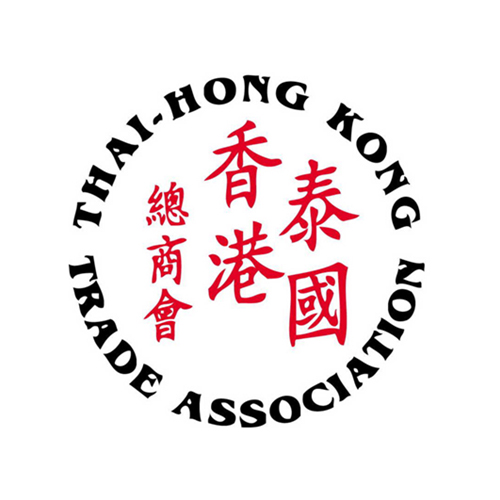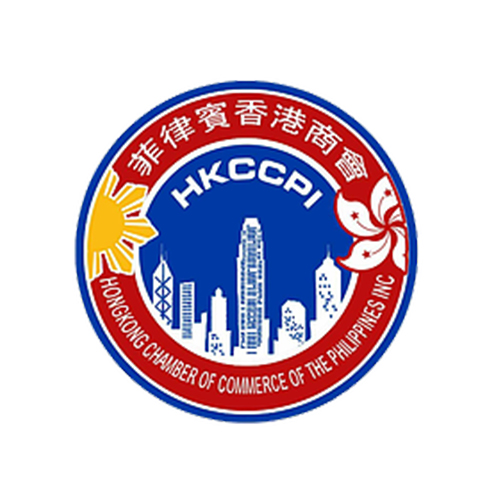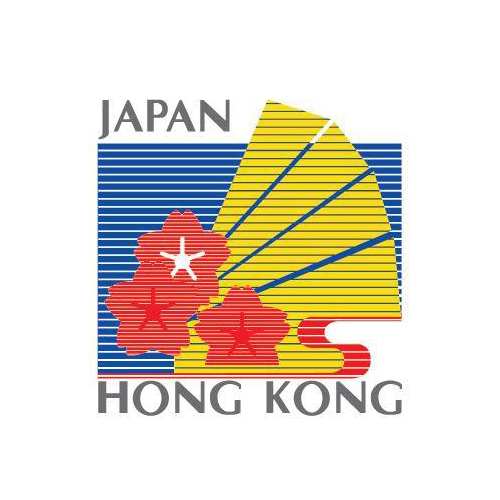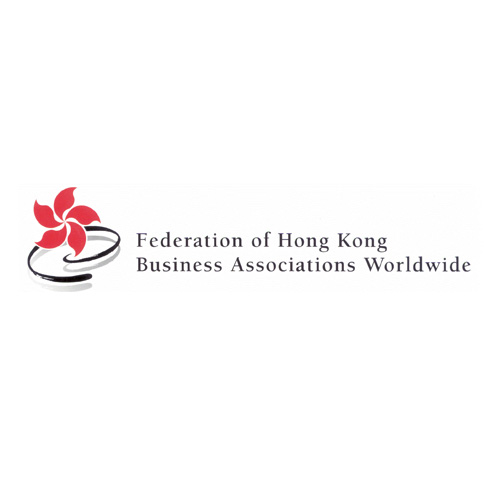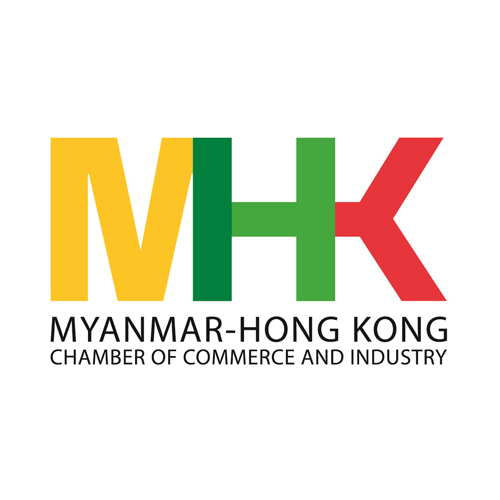Want to be in the loop?
subscribe to
our notification
Business News
COOPERATION IN BUILDING SUPPLY CHAINS IN GARMENT AND TEXTILE INDUSTRY
Considerable pressure
The Ministry of Industry and Trade forecast that after the Trans-Pacific Partnership (TPP) comes into effect, Vietnam’s exports to the United States are projected to be strongly affected and believed to reach US$51.4 billion. Garments and textiles alone may make up US$15.2 billion in 2020 and US$20 billion in 2025.
Mr Le Tien Truong, General Director of the Vietnam National Textile and Garment Group (Vinatex), said that the garment and textile industry is now employing 2.5 million workers and generating a fifth of jobs in the country every year. Vietnam is the fourth largest garment exporter in the world behind China, India and Bangladesh. The country has supplied over 4 per cent of total apparels on the planet. Labour productivity in the Vietnamese garment and textile industry is among the highest on the globe.
However, the industry is still relying on imported inputs. In 2015, exports brought in US$27.3 billion but input imports took US$13.5 billion. Domestic inputs valued US$13.8 billion, of which US$6 billion was spent on labour costs and US$7.8 billion was used for input materials, equal to 58 per cent of imported materials. High-value stages such as design, distribution, branding and package production, including original design manufacturer (ODM) are still very weak. Connectivity, market sharing, common customer service and cost optimisation in production are limited. Meanwhile, 90 per cent of 6,000 garment and textile companies in the country are small-scaled, with fewer than 500 workers. This scale is not effective and competitive in export. Therefore, they need to join hands to enhance effectiveness and strengthen competitiveness, said Le Tien Truong.
Mr Vo Tri Thanh, an economist, said that the localisation ratio in this industry is still very low. For example, apparel export earnings are among the top in the world but the sector is still heavily reliant on imported inputs.
The sector is weak in raw material production while the TPP provides that, to be levied zero tax, products exported must be sourced in TPP countries, originated from fibre (TPP) and from cloth (EU - Vietnam FTA). Imported materials must be from TPP member countries (TPP) or from EU and South Korea (EVFTA). Nevertheless, garment and textile materials being used in Vietnam are imported from China, Taiwan and Hong Kong, which are not TPP members.
Forming supply chains
Currently, domestic supplies garment and textile companies are accelerating the formation of supply chains based on the market principle of from yarn or fabric to sewing. Domestic suppliers can now meet approximately 40 per cent of fabric demand. If ongoing projects are put into operation before 2018, they will serve over 55 per cent of the demand. Other materials meet over 70 per cent. By 2020, the localisation rate may exceed 60 per cent.
Mr Hoang Ve Dung, Deputy General Director of Vinatex, said, to develop supply chains, Vinatex has strongly stepped from outsourcing to FOB and ODM. In 2015, Vinatex carried out 38 projects, including nine yarn projects, 10 textile projects, 14 garment projects and five other projects such as infrastructure and education with a total investment of more than VND6 trillion. Some projects have been completed, including Phu Hung spinning mill; garment factories in Kien Giang, Can Tho, Quang Binh, Bac Lieu and Tuyen Quang; Phu Cuong textile factory in Nam Dinh province and specially Que Son garment textile complex in Quang Nam province.
Recently, Vinatex launched its Vinatex Northern Corporation (VNC Corp) constituted by Hanoi Garment Textile Corporation, Garment Textile Company 8/3, Vinatex Knitting Company and Dong Xuan Knitting Company, and established Vinatex Southern Garment Textile Corporation with core companies being Dong Phuong, Phu Cuong, Kien Giang, Bac Lieu and Can Tho garment and textile companies. These supply chains will meet the rule of origin - yarn forward - in TPP and - fabric forward in EVFTA, said Mr Dung.
Vinatex members also created their own supply chains. For example, Viet Tien, Nha Be, Vietnam Thang, Duc Giang and Garment 10 garment corporations have ODM rate of 10 per cent, and FOB rate of 70 - 90 per cent. They are big enough to develop their own supply chains and cooperate with each other as well as with Vinatex Northern Garment Corporation and Vinatex Southern Garment Corporation to bring the ODM rate to 20 per cent in 2020.
In 2015, garment and textile universities and colleges enrolled more than 6,000 students and planned to enrol 2,900 more students in 2016, including 200 managers.
Source: VCCI
Related News
GOLDEN DEAL, KNOCK-DOWN OFFER
Are you ready for a fun-filled family vacation. Don't miss the super attractive Family Staycation package at Becamex Hotel. 2 days 1 night package with full amenities and free activities: Buffet breakfast, Swimming, tennis, bicycle, gym, sauna, cool ice cream, 300.000 VND service voucher and many other offers! Contact now for detailed advice.

"BEARY CHRISTMAS" CHARITY PROGRAM
As the Festive Season approaches, Caravelle Saigon, in collaboration with VinaCapital Foundation (VCF), is bringing a heartwarming charitable initiative to life — and we are delighted to invite all HKBAV members to take part in the very first “Beary Christmas” Charity Program. By adopting a Caravelle Bear for VND 299,000 nett, you will be directly supporting children battling cancer in Vietnam through VCF’s Can-Care/Can-Clover Program.

SOILBUILD INTERNATIONAL WINS “BEST INDUSTRIAL DEVELOPMENT” AWARD FOR SPECTRUM NGHE AN AT THE PROPERTYGURU VIETNAM PROPERTY AWARDS 2025
Soilbuild International is pleased to announce that its project, Spectrum Nghe An, has been awarded Best Industrial Development at the PropertyGuru Vietnam Property Awards 2025, held on 24th of October 2025, in Ho Chi Minh City. The PropertyGuru Vietnam Property Awards is part of the prestigious PropertyGuru Asia Property Awards series, the largest and most respected real estate awards programme in Asia.

WEBINAR: 2025 VIETNAM KEY TAX FINALISATION, UPDATES ON TAX CHANGES AND GLOBAL MINIMUM TAX
Dear Valued Client,We would like to invite you to our webinars on Friday, 12 December 2025, and Tuesday, 16 December 2025, to review and learn about key 2025 tax finalisation topics and stay ahead with the latest tax changes.
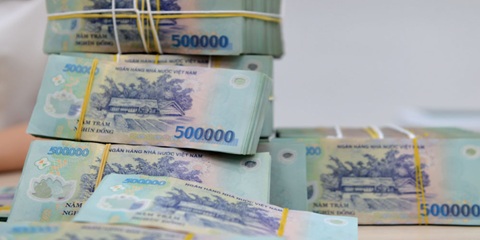
NEW ECONOMIC POLICIES EFFECTIVE THIS DECEMBER
Government Decree 304/2025, effective December 1, sets stricter conditions for seizing collateral, especially assets that are a borrower’s sole residence or essential work tools. In such cases, lenders must set aside a compensation amount equivalent to six to twelve months of minimum wage. The measure aims to improve transparency in bad debt handling and reduce credit risk in the banking system.
QUANG NINH TARGETS VND58 TRILLION IN TOURISM REVENUE
Quang Ninh Province is aiming to generate VND58 trillion in tourism revenue this year after surpassing its goal of 21 million visitors, driven by new tourism products, expanded nighttime activities, and large-scale events. As of mid-November 2025, Quang Ninh had welcomed 21.28 million visitors, up 12% year-on-year. Tourism revenue reached at least VND57 trillion, a 22.46% increase from the same period last year. With its visitor target achieved, the province is now pushing toward its revenue goal of VND58 trillion.
